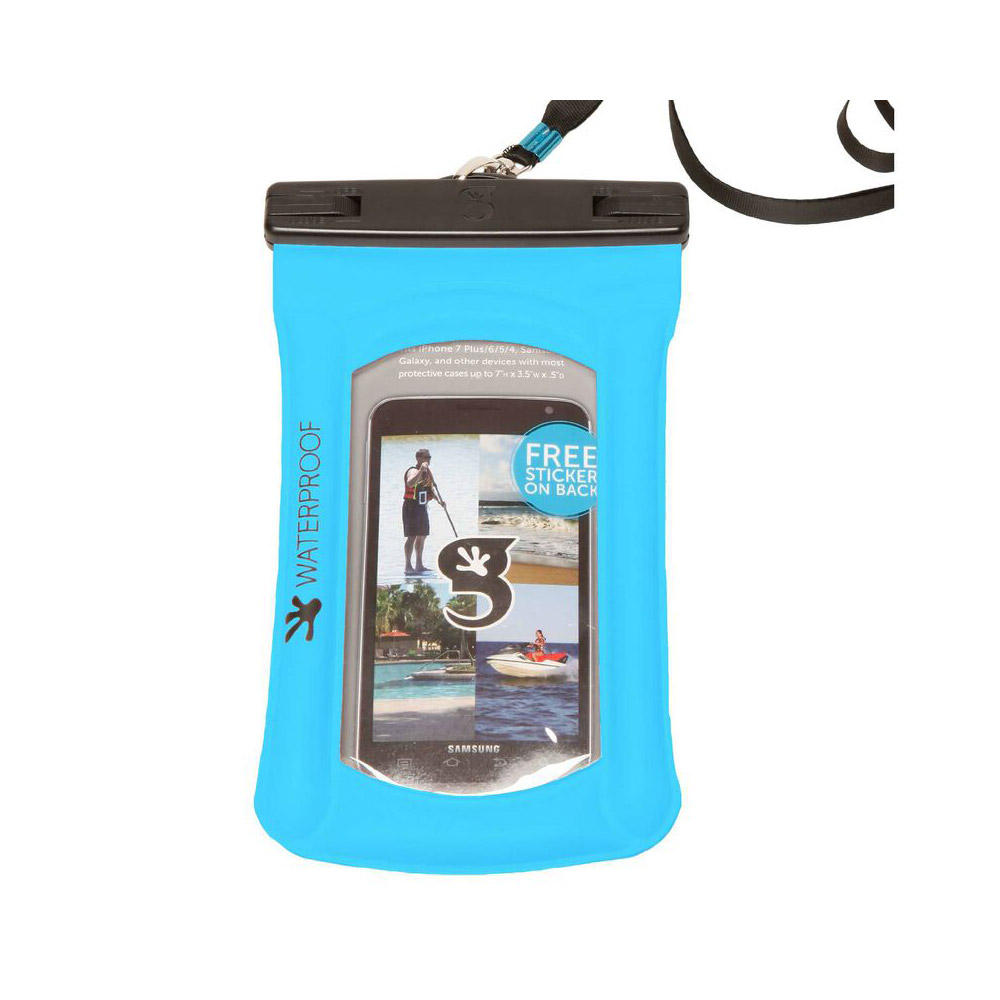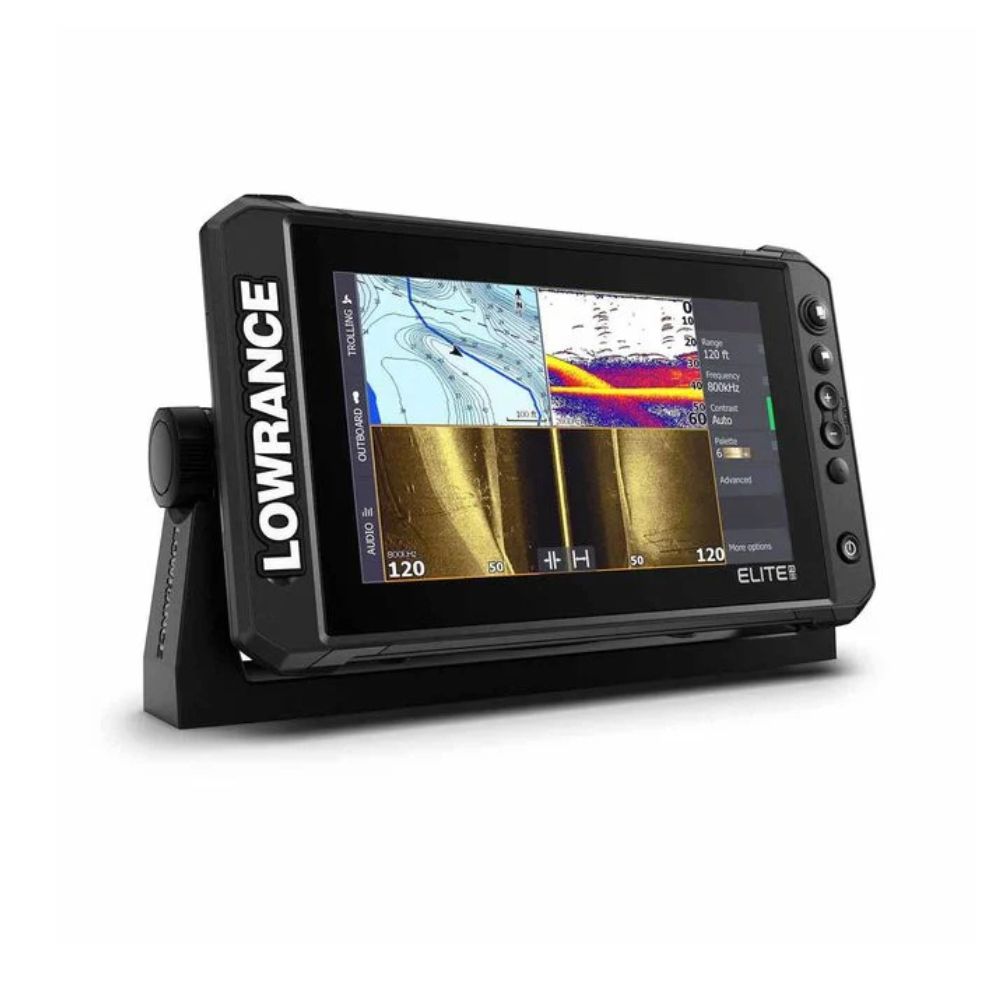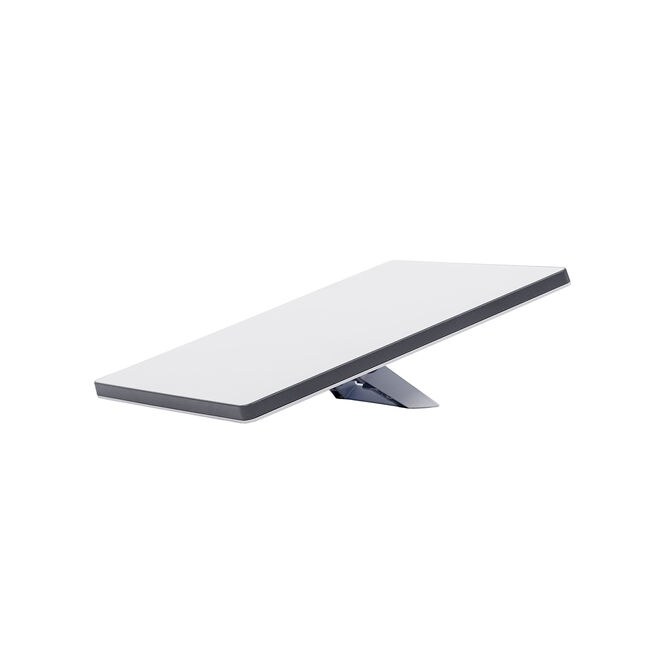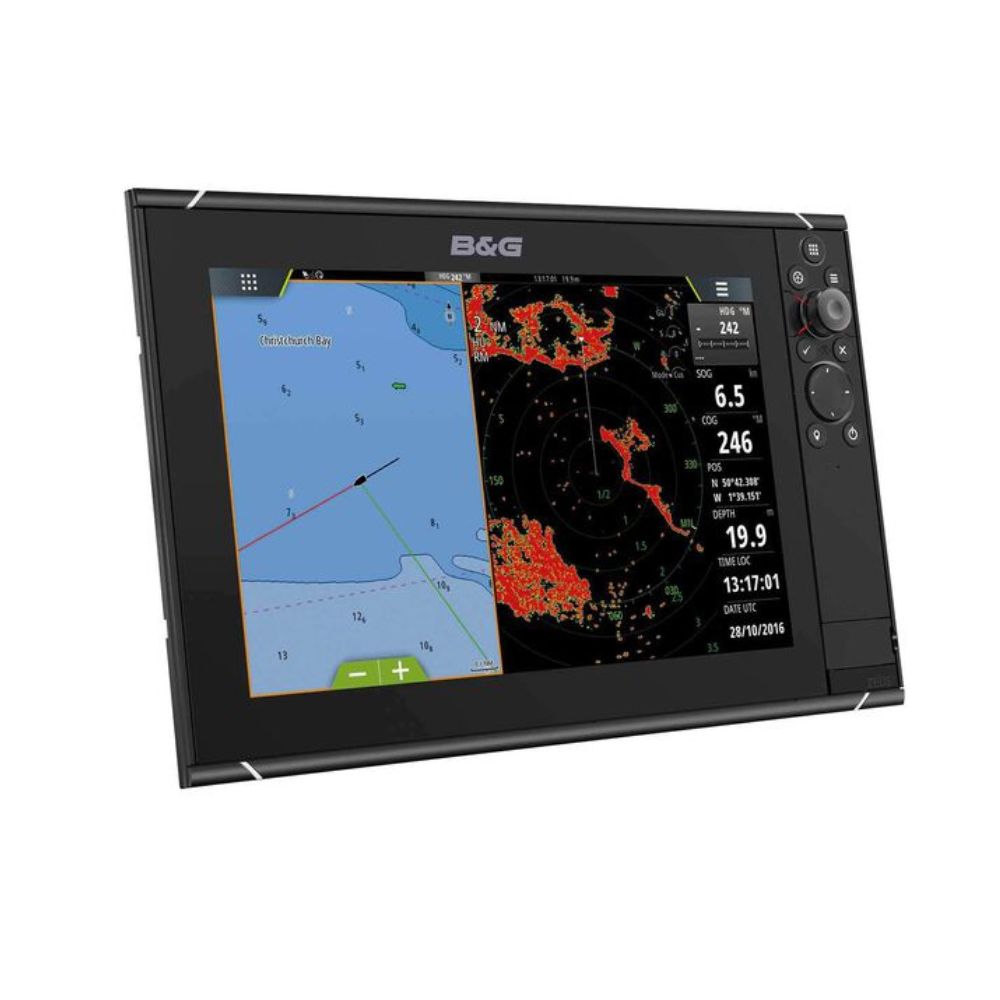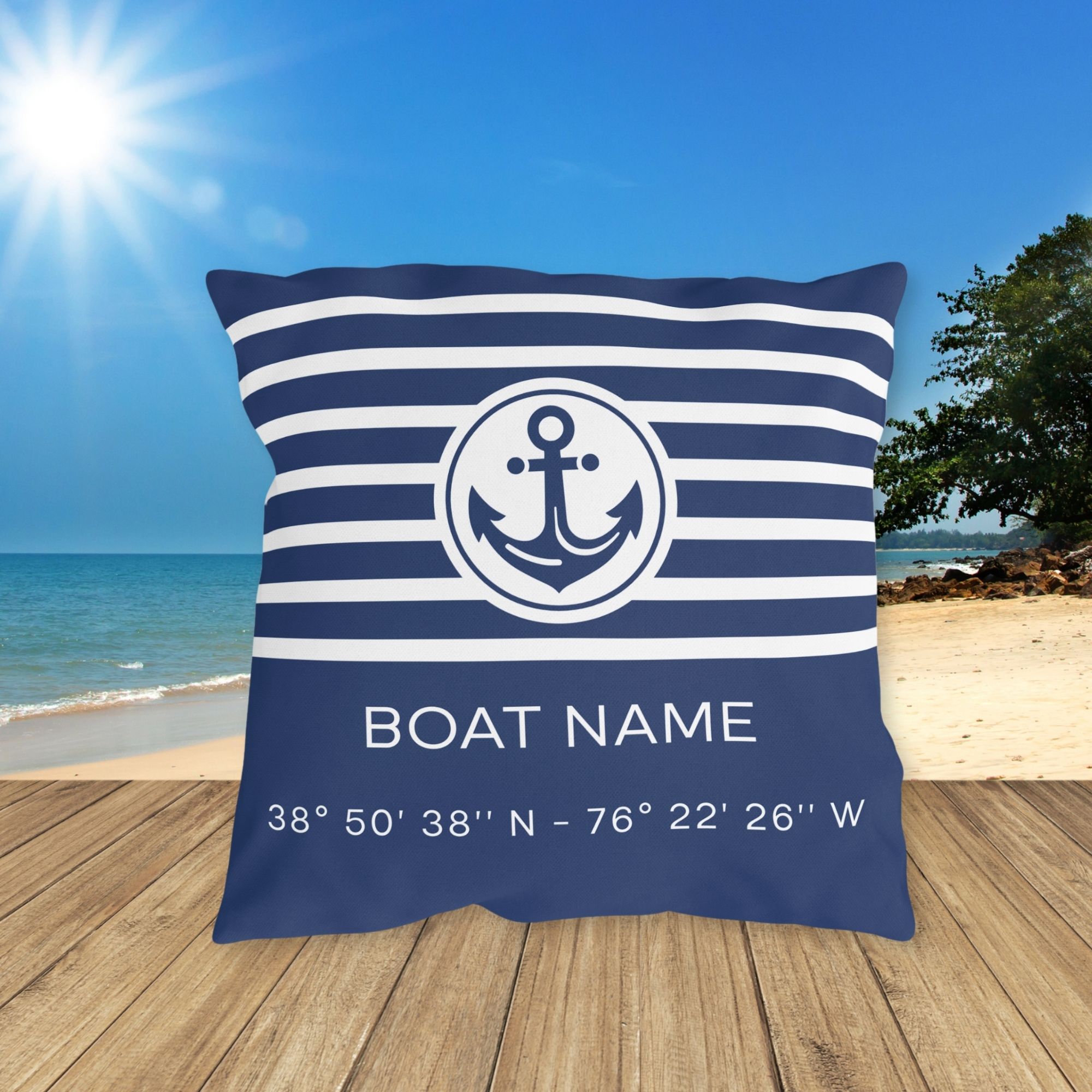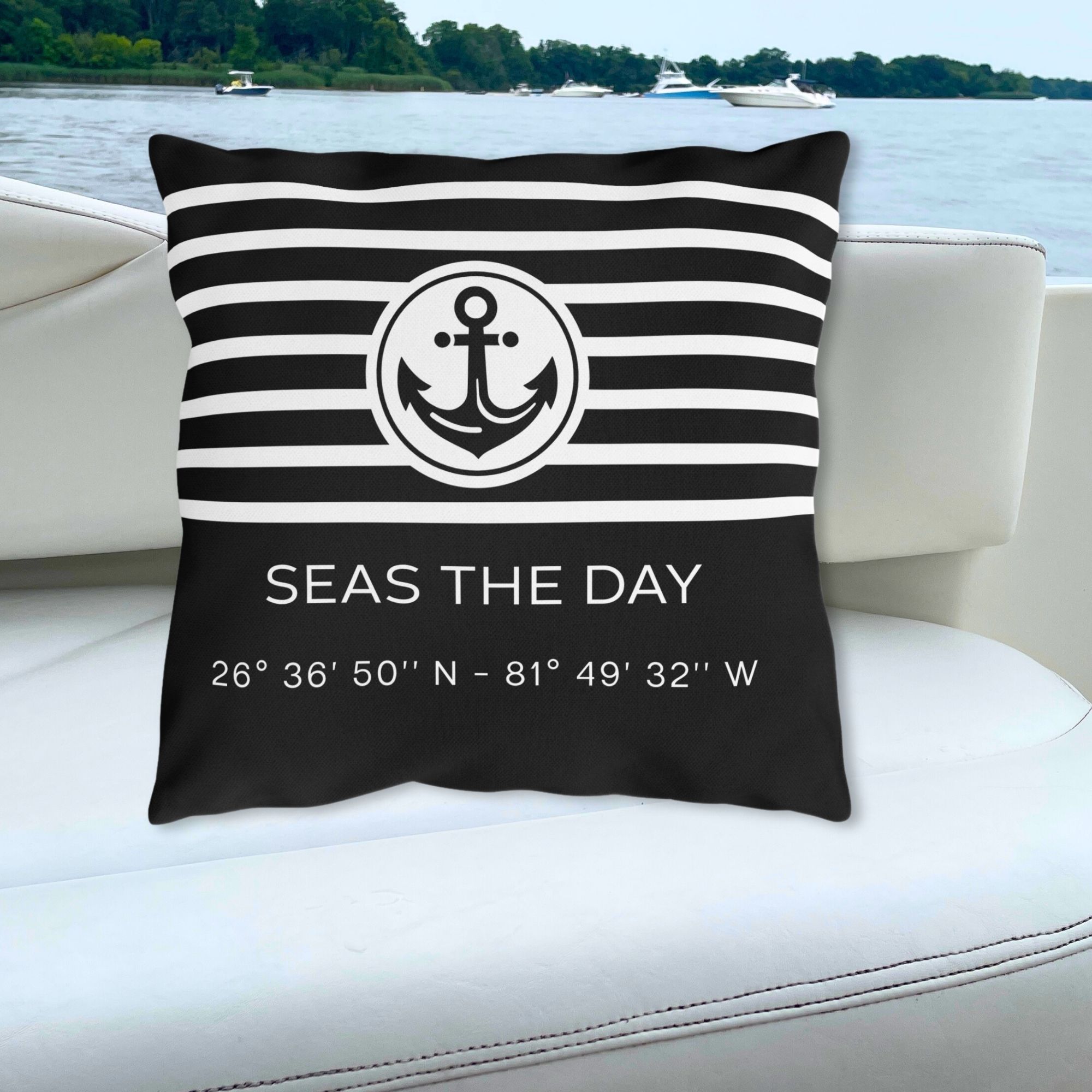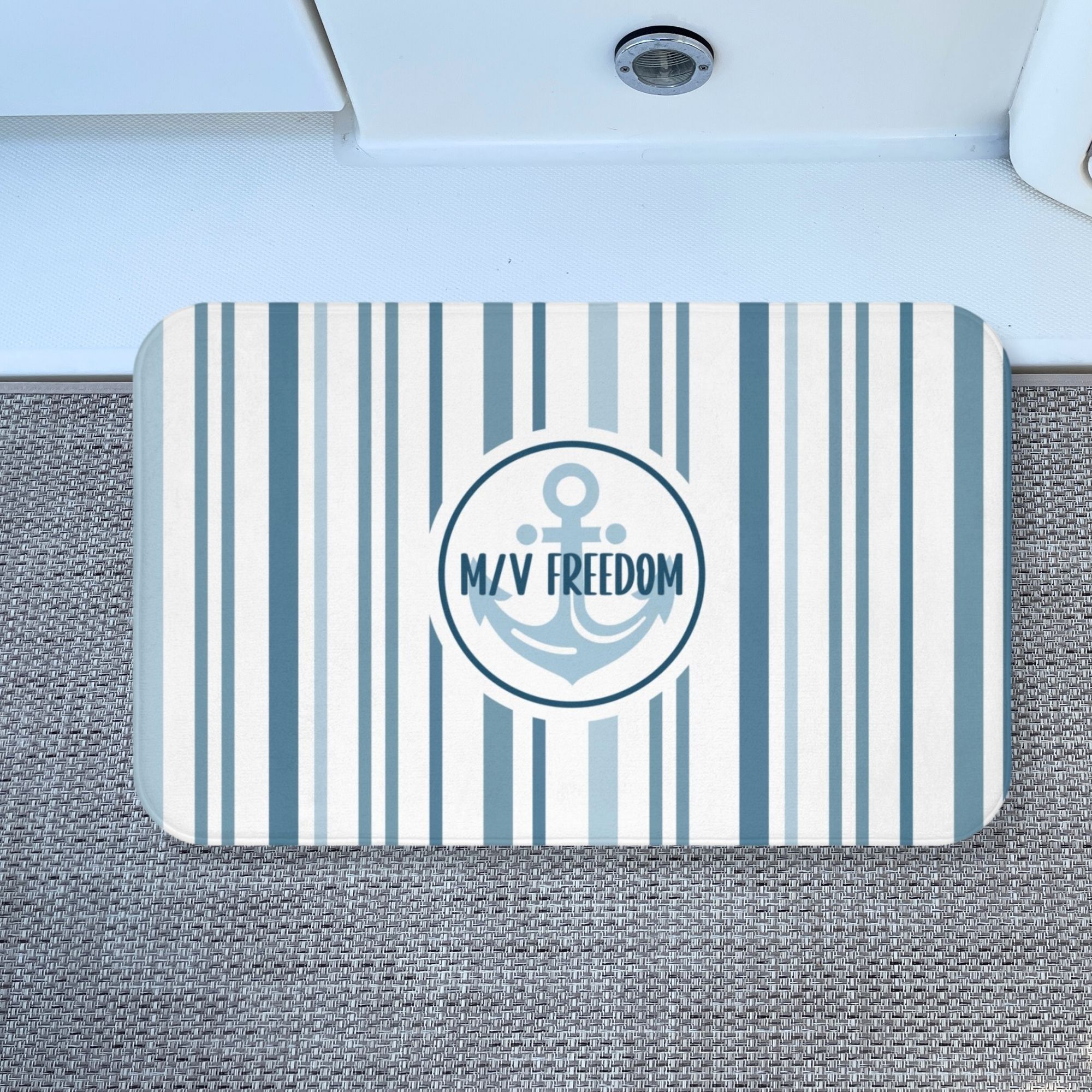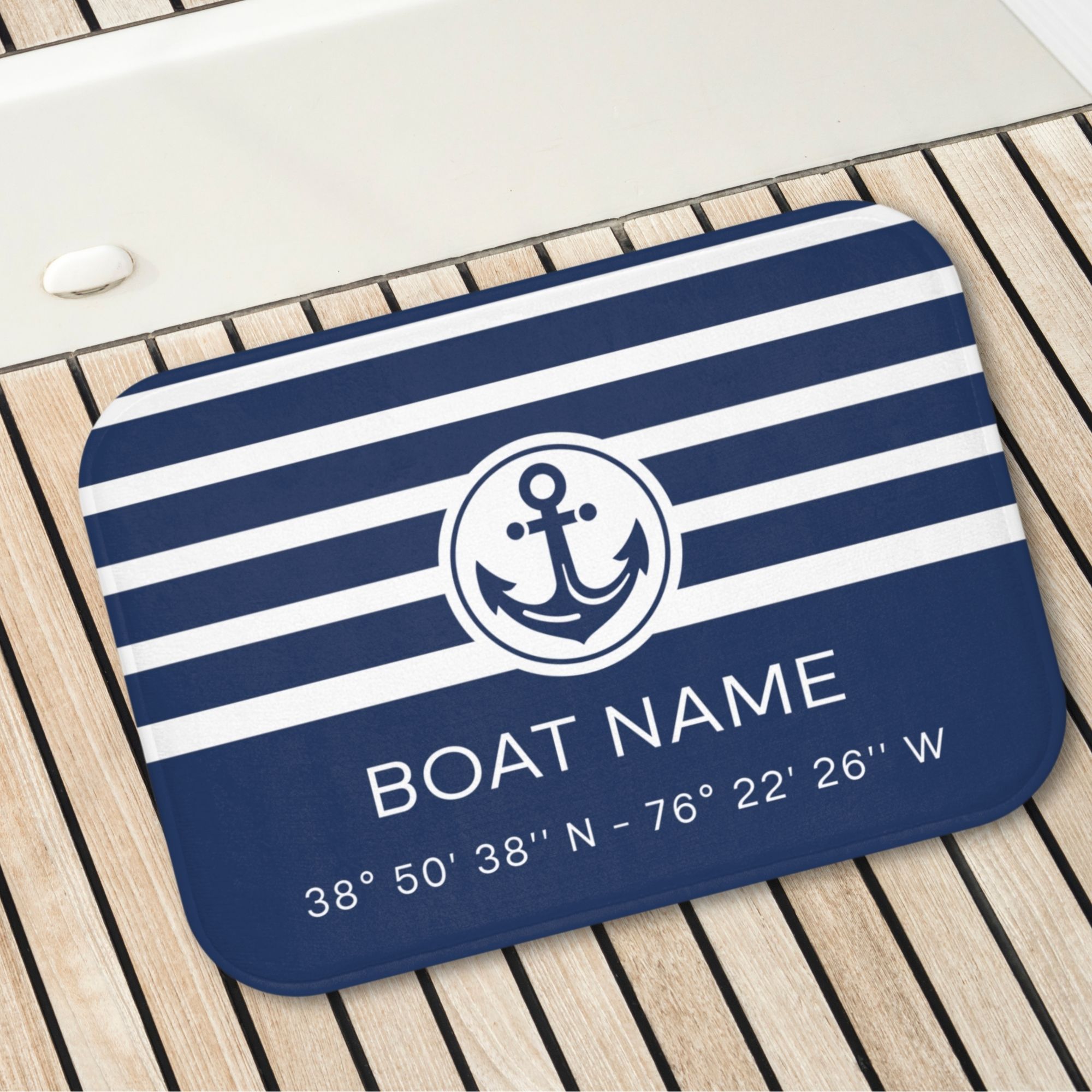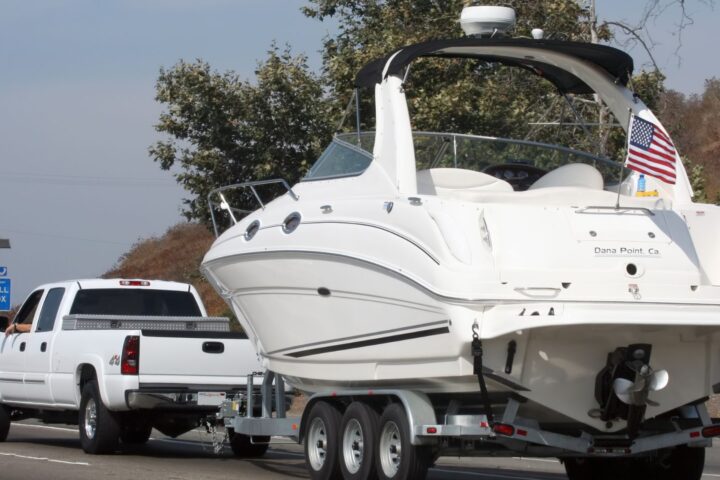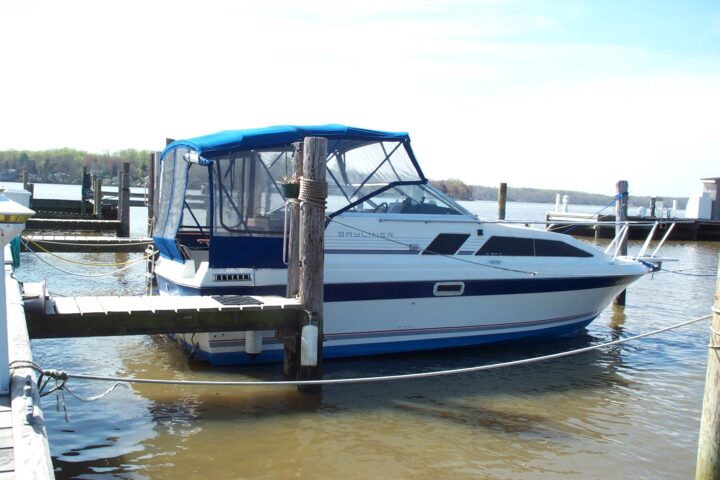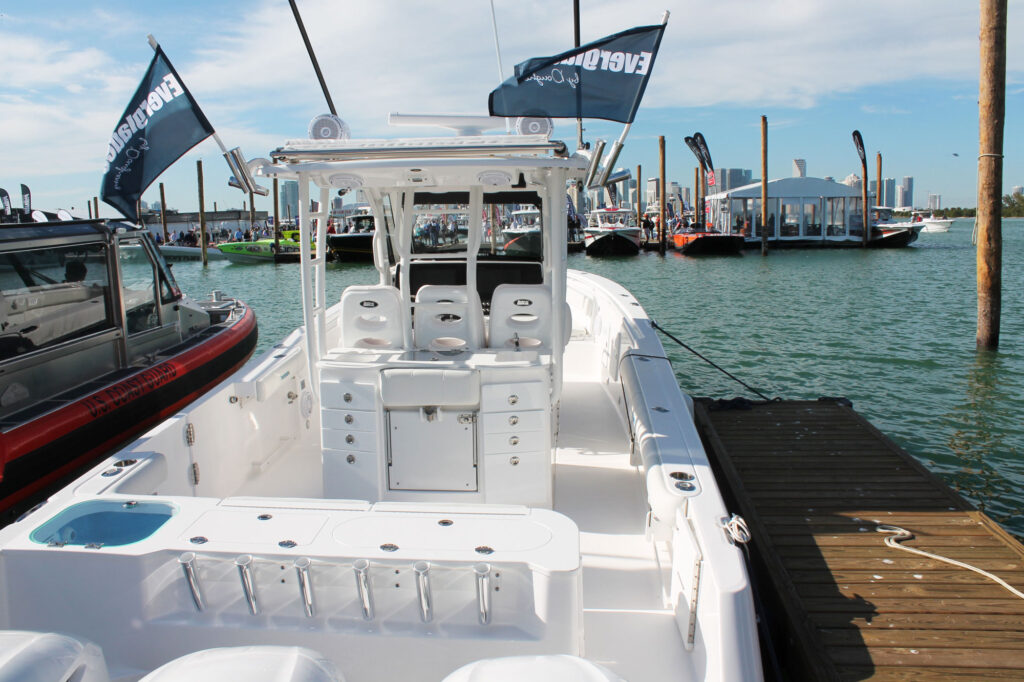
Understanding a used boat’s service history is essential for identifying potential issues before making a purchase. By examining maintenance records, you can avoid unexpected costs and ensure a reliable boating experience. With the right knowledge, you can confidently navigate the buying process of a pre-owned vessel.
When considering purchasing a center console boat, evaluating its service history is vital. Maintenance records provide insight into how well the boat has been cared for and can indicate future performance. A thorough examination of these documents helps you spot any red flags that might not be apparent at first glance.
Understanding Service Records
A complete service record is essential in assessing a used boat’s overall condition and history. It includes information about routine maintenance, repairs, and any upgrades or modifications made over time. These records give you a snapshot of how the previous owner cared for the vessel and its mechanical components.
Routine maintenance documented in service records, such as regular oil changes, engine checks, and hull inspections, plays a significant role in ensuring a boat’s longevity and reliability. Boats that have received consistent care are likely to perform better and last longer than those with sporadic maintenance histories. When browsing center console boats for sale, prioritize those with comprehensive service documentation.
The presence of detailed records not only reassures potential buyers but also aids in determining the actual value of the boat. A well-documented maintenance history can justify asking prices by proving that the vessel has been kept in good condition over time.
Interpreting Documentation
Effectively interpreting service records is key to identifying potential issues in a used boat. Look for consistency in maintenance activities; irregularities might suggest neglect or attempts to cut corners on essential repairs. Pay attention to gaps between service dates as these might indicate periods where necessary upkeep was ignored.
Be aware of common repair gaps that could signal underlying problems, such as infrequent engine tune-ups or missing electronic updates. These omissions might lead to costly repairs down the line or even affect the safety of your boating experiences. Always question discrepancies in documentation to gain clarity on why certain tasks were missed or delayed.
A good strategy is to compare the vessel’s age and usage with typical maintenance schedules for similar center console boats. This comparison can reveal whether the boat has received adequate attention relative to its expected needs.
Identifying Red Flags
Spotting red flags in a boat’s service history can save you from unexpected expenses after purchase. Look out for repeated repairs on critical components like engines or hulls, as they may indicate persistent issues that could escalate over time. Multiple fixes for the same problem often suggest unresolved underlying causes.
Lack of documentation on major components such as electrical systems or steering mechanisms should also raise concerns. These systems are crucial for safe operation and their neglect could pose risks during voyages. It’s important to ensure that all essential parts have been regularly checked and maintained.
Another red flag is if certain repairs were done using low-quality parts or by unqualified personnel. These shortcuts might compromise the vessel’s integrity and lead to failures when least expected. Always verify that reputable professionals have conducted significant repairs with quality materials.
Questions For Sellers
Engaging with sellers about a boat’s maintenance history is an excellent way to gather additional information beyond what’s documented. Ask questions like: “Can you explain any gaps in the service record?” or “Were there any upgrades made that aren’t listed?” Direct inquiries help clarify uncertainties and provide insights into how forthcoming a seller is about their vessel’s condition.
You should also inquire about who performed the maintenance work—whether it was done by certified technicians or if it involved DIY efforts by the owner. Professional servicing often offers more assurance regarding quality standards compared to amateur fixes.
Ensure you ask if there are any warranties still applicable on major components, which might offer added protection post-purchase. Understanding these aspects gives you leverage during negotiations and helps establish realistic expectations concerning future upkeep costs.
An informed understanding of service records empowers you to negotiate fair deals when purchasing used center console boats. Transparent documentation allows you to assess the true value of what you’re buying and provides evidence to support price negotiations based on identified deficiencies or upcoming required services.
Trending Now: Must-Have Boat Gear for Your Boat Life
Trending Now: Custom Boat Decor
-
Boat Pillow with Boat Name & LAT LONG Coordinates
Quick ViewBuy on Etsy -
Boat Pillow with Boat Name & LAT LONG Coordinates- Black
Quick ViewBuy on Etsy -
Coastal Blue Stripes Bathmat with Anchor & Boat Name
Quick ViewBuy on Etsy -
Custom Boat Mat with Boat Name & LAT LONG Coordinates
Quick ViewBuy on Etsy
Disclosure: This site may contain links affiliated with companies where we receive compensation. Also, as an Amazon Associate we may earn from qualifying purchases we refer but it does not impact the price you pay. Full disclosure policy.

